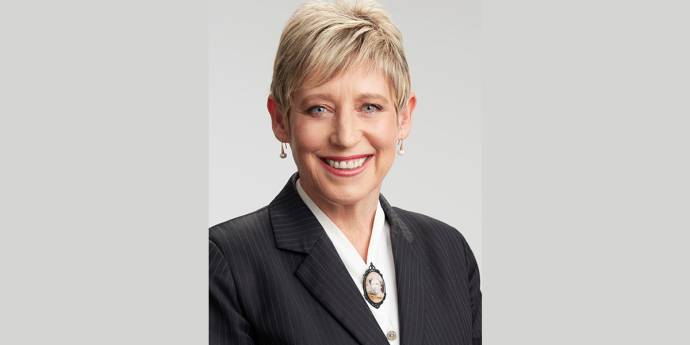What I’m Reading – Debbie Ireland
What does it really mean to feel a sense of belonging and how can it boost performance and inclusion in business?

Lianne Dalziel CNZM has had a long career in public service as a former mayor of Ōtautahi Christchurch and as a former Minister of Immigration, Commerce, Food Safety and Associate Minister of Justice in the fifth Labour government. These days you will find her writing columns for Newsroom.
We caught up with Lianne to find out why it’s important for directors to reconsider their thinking about the success of big projects – from kitchen renovations and beyond.
How Big Things Get Done: The surprising factors behind every successful project, from home renovations to space exploration, by Bent Flyvbjerg and Dan Gardner.
This is an easy book to read and is filled with absolute nuggets like “think slow, act fast”, which is the name of the first chapter that ends with the subheading “projects don’t go wrong, they start wrong”. At the same time, this book has a substantial bibliography and is based on extensive research of major projects.
Bent Flyvbjerg is an Emeritus Professor at the Saïd Business School at the University of Oxford, and is a leading international expert within the field of programme management and planning on large scale projects.
Dan Gardner is a New York Times best-selling author, speaker, consultant and freelance writer/editor. His Substack newsletter, PastPresentFuture, covers history, psychology, risk and decision-making. They make a brilliant combination.
A good friend, David Elms, who also happens to be an Emeritus Professor, at Canterbury University, has been telling me to read it since before Christmas. I finally bought it in February, read it in May, and then kicked myself for not reading it earlier. After I wrote an article about it for Newsroom, I have had many people following up with me to tell me what a difference it has made to their thinking.
There is no question that project managers need to read it, but so should those in governance, especially boards that are commissioning big projects, including the Cabinet – Ministers need to know this stuff, too. Understanding reference-class forecasting is critical to budgeting and timetabling.
From a governance perspective, it was this reference-class forecasting that was the eye-opener.
Depending on the type of project you are doing, there are features that types or classes of project have in common. Interestingly, I couldn’t find anything about this on the Treasury website. It has occurred to me that if officials don’t know what a specific class of project usually experiences in terms of cost and time overruns, then how will they accurately forecast anything? And that’s something for every board to think about. There are questions that need to be asked.
“Think slow, act quickly” is the mantra that lies behind this book.
Planning takes time, but this is what enables work to proceed with confidence – and at speed. And that reduces the time available for those black swan events to occur. Having been a mayor during the pandemic, I know what that feels like.
It’s asking the right questions. Where does this project stack up against a myriad of other projects of a similar type? What are the scenarios we need to plan for? Are our advisers guilty of heroic optimism, or are we?
I find being open to new ideas and new ways of thinking always increases our capacity to take on new challenges. Problem-solving requires diversity in perspectives when it comes to tackling complex issues.
You can tell I am a fangirl, so it will be no surprise that I will say the sooner the better!
I didn’t read this as a governance book. I was actually interested in post-disaster recovery, which has seen many models of governance developed in different parts of the country, and the world. I wanted to better understand what could have been done better and this book answered a lot of questions for me, including the need for good governance, which was absent in certain post-earthquake recovery models in Ōtautahi Christchurch.
Having sat on a range of public and NGO boards over many years, and in light of the book, I know that cost overruns and delays are common, but do we know how common this is for the project we are doing? I believe every board, including public bodies, should have better oversight of this vital issue.
Taking my role as mayor, I was disappointed when it was clear that some people hadn’t read their papers, whereas with some others it was hard to know if they had because they contributed nothing to the discussion or debate. Council is not the same as a board of directors, but from a chair’s perspective, both of these are utterly demoralising.
I believe diversity is the key to good decision-making. If everyone sitting around the table has the same background and perspective, then “groupthink” can settle in. It is much easier to fail to see the risks on the horizon when people don’t, or, in such a case, ‘can’t’, challenge each other. I would also like every board member to read How Big Things Get Done – it’s surprisingly useful in working out how best to get anything done well!